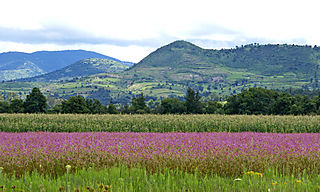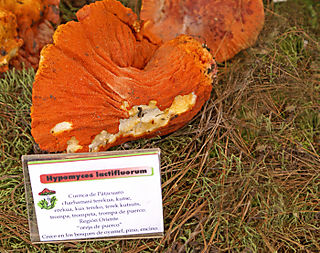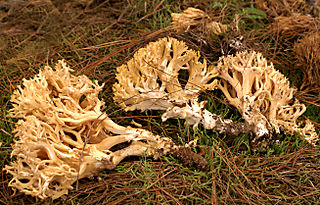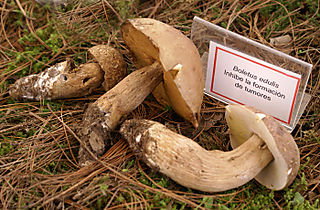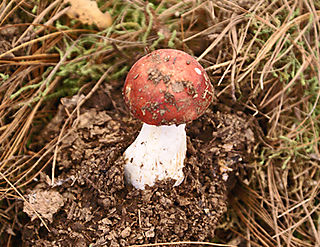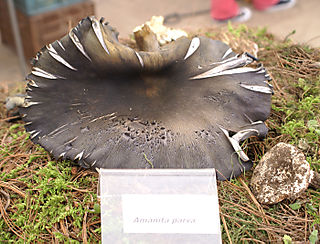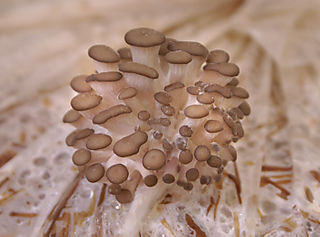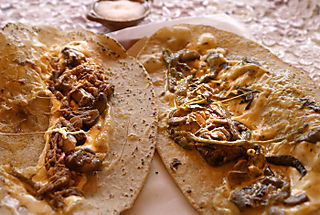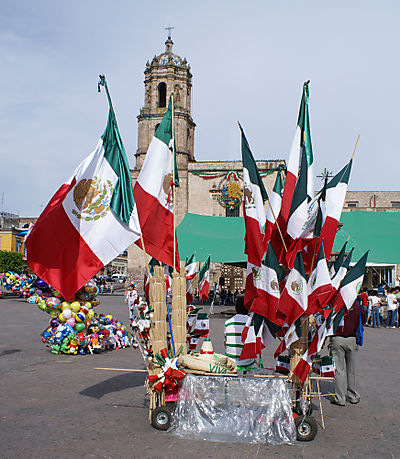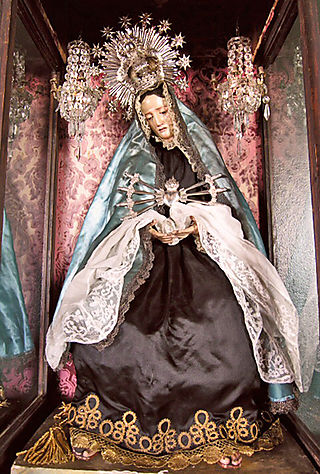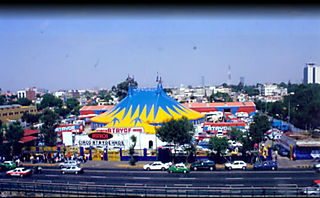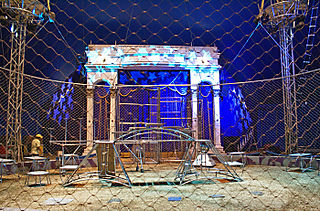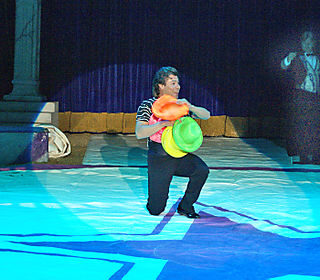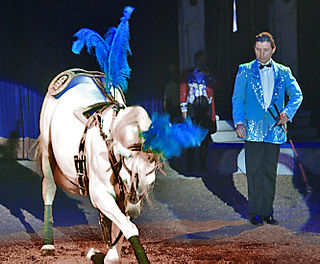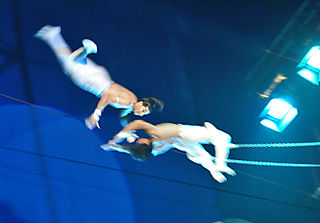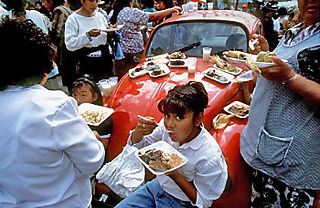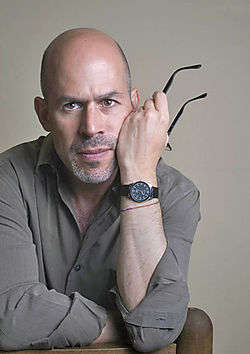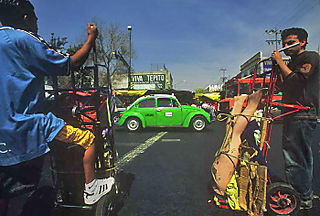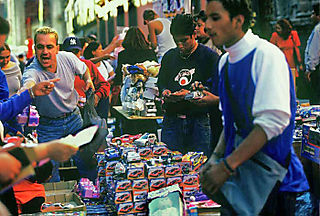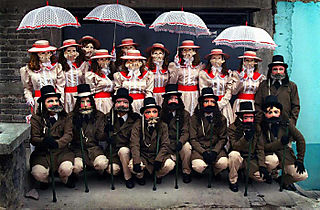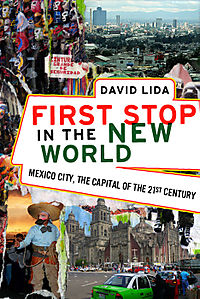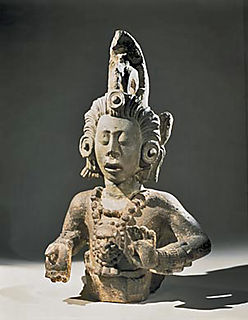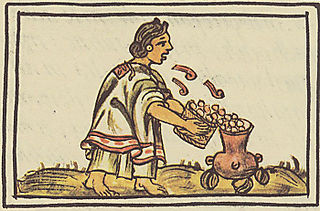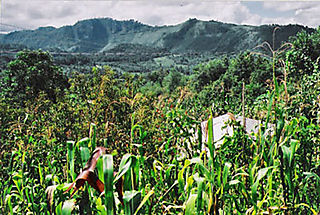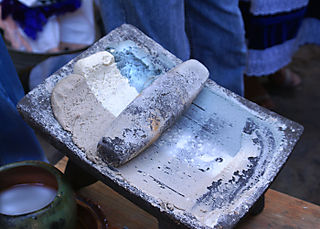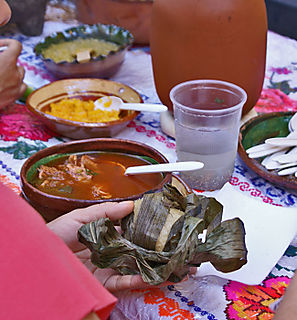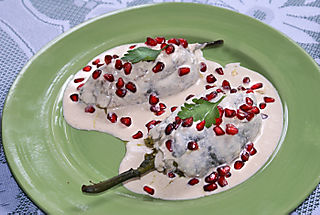
Seasonal chiles en nogada (stuffed chiles poblano in walnut sauce) were the most popular item at the Pátzcuaro food show in September.
Pátzcuaro has just celebrated its 474th anniversary as a certified municipio (similar to a US county seat). Lots of events were scheduled during the weekend of September 19-21, including a parade, an artisans' fair, concerts, and two regional muestras de gastronomía (food exhibits and sales).
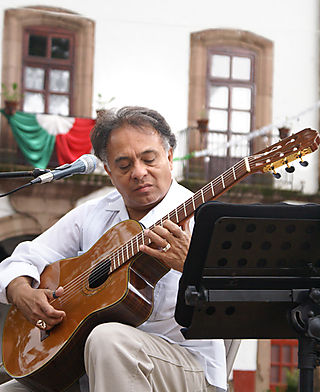
Joaquín Pantoja, Plaza Don Vasco de Quiroga, Pátzcuaro.
Mexico Cooks! was there, of course. Would we miss a reason for a fiesta? We spent a full and diverse day in Pátzcuaro, first listening to a concert by the incredibly talented Joaquín Pantoja, visiting friends at a nearby gallery opening, attending a talk at Casa Werma Buddhist Center, and eating–you guessed it–wonderful chiles en nogada at Sunday's Muestra de Gastronomía Regional on Plaza Don Vasco de Quiroga.
Imagine the taste of spicy chiles poblano stuffed with a rich meat and fruit picadillo (hash), bathed in creamy walnut sauce, and garnished with fresh pomegranate seeds and cilantro. Normally served in Mexico during late August, September, and October (the time when both pomegranates and walnuts are harvested), this beautiful dish represents the colors of the Mexican flag. For a recipe, look at this archived article from Mexico Cooks!
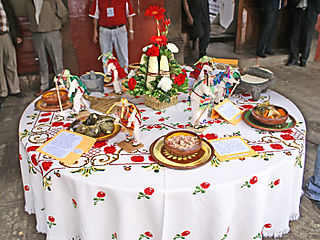
Just one of the Muestra de Gastronomía Regional tables in Pátzcuaro. From the beautifully presented platillos (individual courses) to the hand-embroidered tablecloth, the table was a feast for all the senses.
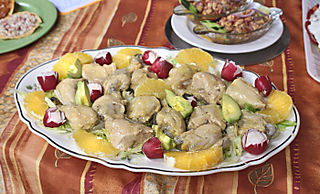
Pollo en Cuñete, a superb example of comida casera michoacana (Michoacán home cooking) that Mexico Cooks! has never seen on any restaurant menu.
Pollo en Cuñete
Ingredients
1 whole chicken, 4 to 5 pounds, skinned and cut into serving pieces
11 cloves of garlic, mashed
1 tablespoon sea salt
1 teaspoon whole black peppercorns
2 tablespoons corn or other vegetable oil
20 new potatoes, peeled
3/4 cup vinegar, either white or red wine
1/3 cup olive oil
2 teaspoons salt
6 bay leaves
2 teaspoons dried thyme
2 tablespoons dried oregano
2 chiles serrano
Romaine lettuce
Pineapple slices
Orange slices
Avocado slices
Radishes
Procedure
Rub the chicken pieces with garlic, sea salt, and pepper and refrigerate for one to four hours.
In a large frying pan, heat the oil and sauté the chicken pieces, putting them in a large casserole dish as they brown. In the same oil, lightly brown the potatoes. Remove the potatoes from the oil and reserve.
Allow the oil to cool slightly. Add the vinegar (carefully, it will splash) and heat until it begins to boil. Remove the brown pieces that stick to the bottom of the pan. Pour the vinegar through a strainer and over the chicken. Add the olive oil, the salt, the bay leaves, the thyme, and the oregano to the chicken in the casserole dish. Place the chicken over a high fire until it begins to boil. Cover it tightly and lower the flame. Every 10 minutes, turn the chicken. After 30 to 40 minutes, test for taste and add the chiles and the potatoes. Cover and cook over a slow fire for approximately 15 minutes, or until the potates are done.
To Serve
Cover a large platter with romaine lettuce leaves. Arrange the chicken pieces on the platter. Garnish with decoratively cut radishes, peeled orange slices, thinly sliced pineapple, and sliced avocados.
Serves 6 to 8 as a main course.
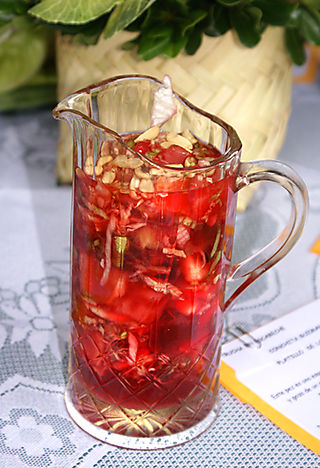
This gorgeous jewel-colored drink is actually ensalada del obispo a Morelia traditional speciality served only during Semana Santa (Holy Week). It's prepared with beets, oranges, lettuce, other vegetables, and peanuts. You eat it with a spoon and drink the liquid.

This little section of the muestra de dulces regionales (regional sweets exhibit) features gelatina de frutas con leche (milky gelatin with fruits), pastel de almendras (almond cake), rollo de chocolate (chocolate roll), and ate casero de membrillo (home-made quince paste). We split a slice of almond cake and a little cocada casera (home-made coconut candy).

Pátzcuaro is famous everywhere in Mexico for its ice cream, especially the nieve de pasta (richly creamy ice cream flavored with ground almonds, cinnamon, and honey). Mexico Cooks! didn't have room to eat even a small cup, but instead stopped a passer-by who waited patiently before taking a bite to have a photo taken of his treasure: nieve de pasta con mermelada de zarzamora (with fresh blackberry marmalade).
